Creativity and innovation are essential for the survival and growth of any business. Though they sound like the same thing, they are very different and each produces different outcomes so it is important that a team within a workplace encompasses skills that cover both.
While all leaders will likely note the importance of creativity and innovation if asked what their organisation needs to survive, how do you ensure that these are actionable possibilities rather than just buzzwords thrown around in brainstorming sessions?
What is creativity and innovation?
Creativity is defined as the act of creative thinking – coming up with novel ideas for a new product, improving an existing product, or establishing new methods for the way of working that will improve a company’s offering or performance. The process of creativity involves problem solving skills and lateral thinking, though it ends when the idea is formed.
When creative ideas are taken and developed into something concrete, true innovation occurs. The innovation process includes product development or the creation of a new process and is achieved when the end result is fully functional in the real-world.
Invention, on the other hand, is the creation of a new idea or concept. It requires both creative thinking and innovators to bring it into existence, but is the process of developing wholly original ideas into concrete products or services that do not yet exist elsewhere.
How to develop creativity
Many people believe that creativity is something you’re born with. Due to research conducted in the 1960s, the idea of people being ‘left-brained’ and more focused on logic, analytics, and science, or being ‘right-brained’ and more creative and artistic has reigned supreme.
While this idea is still in common use today, it is not often mentioned that this division was created artificially. When it became possible to see healthy, connected brains through fMRI scanning in the 1990s, it was discovered that it is actually the bridge between brain hemispheres, the corpus callosum, which is responsible for creative ideas. The key to creativity is the integration of both the left side and the right side of the brain, and the firing of strong, lateral networks between the two.
If you’ve always believed you’re not a creative person, likely because you’re not traditionally good at art, the good news is that you do have creativity in you and you can learn to develop creative thinking.
Once you engage your brain into creative thinking, it will become a habit which you can adopt in both your personal and professional life. You can practice by sitting in a quiet spot and letting your mind wander – challenge yourself to think up multiple ideas around a problem and don’t discount anything that pops up, reduce distraction by taking a digital detox and taking a break from your screens or scrolling through social media, have a tidy workspace or living space, and practice meditation. Research has also shown that cultural activities like going to the theatre or reading fiction strengthens the connection between the two sides of the brain, encouraging a creative thought process.
How to encourage innovation and creativity in the workplace
Many companies in today’s world have interesting ways of fostering innovation and creativity in their workplaces. For some, including Google and Nike, taking the approach of encouraging wellness in their staff for higher levels of productivity has seen the introduction of sleep pods or space to nap in their offices.
While sleep spaces aren’t possible for all businesses, there are still many other ways a company can encourage creative ideas amongst their staff. Having an environment where new ideas from staff at all levels are welcomed and all ideas are heard and considered creates a safe space for staff to come forward with suggestions, as does being open to risk taking when a new and exciting idea comes along. In some cases, incentivising entrepreneurship may be a positive solution.
Creative individuals looking to increase their ability to innovate may find it useful to get a buddy to work with, whether that be to brainstorm together or to encourage each other to try new things. Implementing creativity and innovation doesn’t have to result in a big radical change either, picking small projects to improve on adds up to big results, whether that’s novel ideas on the functionality of a product or improving processes, small tweaks still make a big difference overall.
Adopting a new model of innovation
A model for innovation which has long been tried and tested is crowdsourcing – asking outsiders for a fresh pair of eyes to develop a solution to a problem.
However, this model only works when all employees have bought into this option. As outlined in Harvard Business Review, when NASA tried experimenting with an external crowdsourced innovation, some of the scientists weren’t onboard with the idea as they had joined NASA to address interesting challenges themselves. Another example of crowdsourced innovation failing, is that by VDMA – an industrial association representing 3,200 German mechanical engineering companies. Though many feasible creative ideas were proposed to the technical challenges put forward, all companies refused to adopt any solutions that weren’t created internally.
An example of crowdsourcing innovation done well is the Enable Makeathon project by the International Committee of the Red Cross (ICIR). This project aims to generate good ideas for new products to help people with disabilities and also has a plan to make sure those ideas are innovated into existence and reach the market. They collaborate with other organisations to fill expertise and resource gaps to ensure ideas become reality.
Applying change and new ideas
A successful business model always has creativity and innovation built into the core of it, but the key to moving a business forward is encouraging creative thinking amongst staff and involving them in the innovation process. When an open-minded environment is adopted and communication between ranks is strong, creativity and innovation can flourish. When the opposite is true, applying change and new ideas can create tensions and performance fluctuations.
You can learn how to be a positive force for creativity and innovation management within a business by studying the MBA Marketing at the North Wales Management School. With us, you’ll develop the problem solving skills and lateral thinking abilities to create a successful company, whether your career plans lie in building a startup or progressing your career within an established business.




